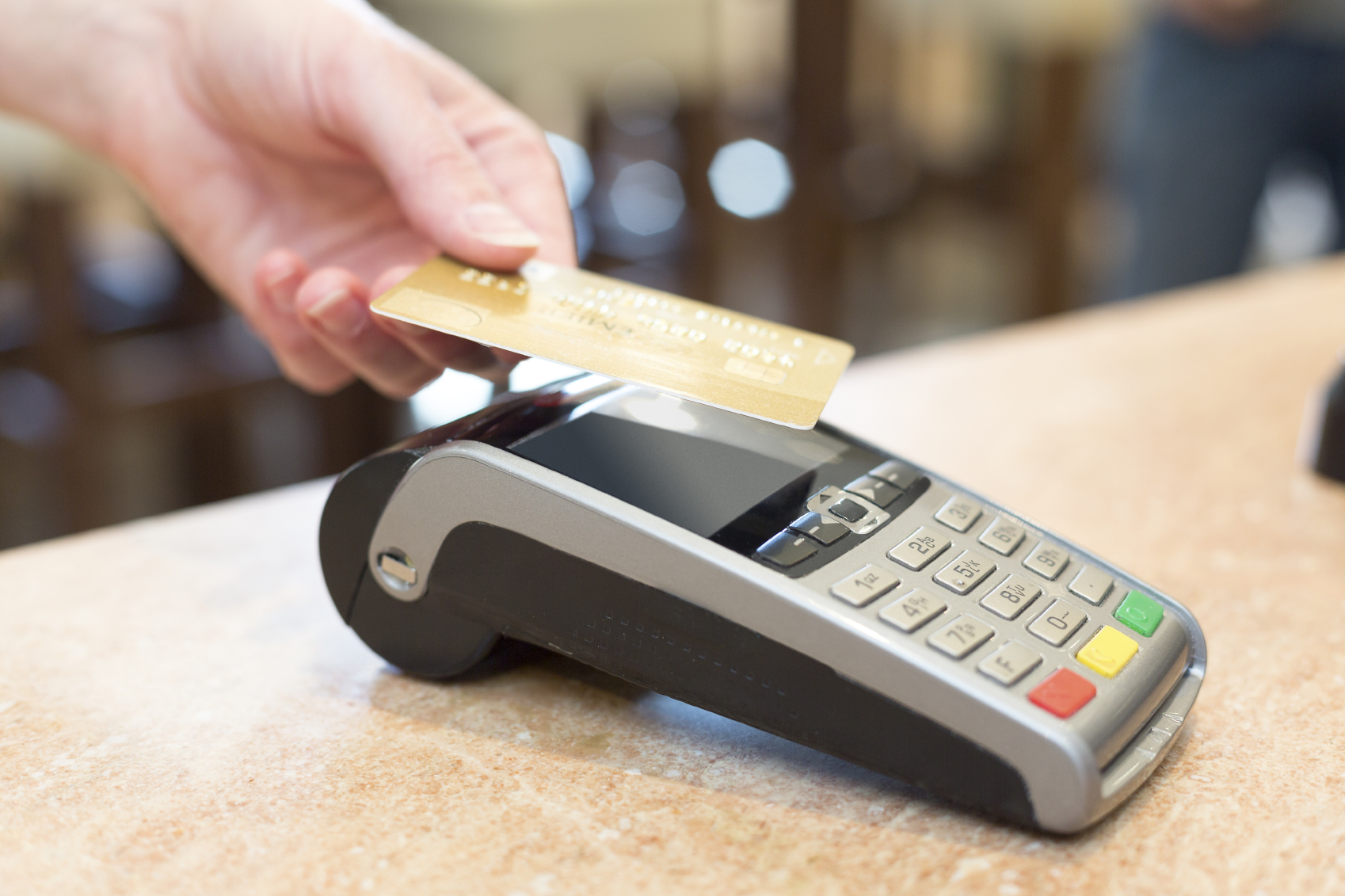
The UK Cards Association released the findings to mark 10 years since the introduction of Chip and Pin on Valentine’s Day.
It said the switchover a decade ago “revolutionised” payments and marked a move away from an 18th century system of putting a signature on paper to validate a payment.
When the switch to Chip and Pin was made on February 14 2006, just over half (55%) of spending at retailers was made by card.
By December 2015, nearly four-fifths (78.5%) of spending at UK retailers was by card, the association said.
Chip and Pin was introduced to combat fraud on lost, stolen and counterfeit cards. Its introduction means people need to enter a four-digit Pin code at the till rather than just giving a signature.
Before Chip technology was introduced, payment cards were based on magnetic stripes. These were swiped through a card reader which printed a record of the sale that consumers signed to authorise a purchase.
The association said annual counterfeit card fraud losses fell by £81.9 million between 2004 and 2014.
Chip and Pin also paved the way for contactless card payments, which were introduced in the UK in 2007 as an alternative to cash for low-value transactions. Mobile phone payments also work using the system on which Chip and Pin was built.
In September 2015 the limit for a single “tap and go” contactless payment was increased by £10 to £30.
In November, contactless spending across the UK hit £1 billion in a single month for the first time. On in every 10 payments is now contactless.
The UK Cards Association said that as well as helping to combat fraud, Chip and Pin has given retailers more flexibility, so they no longer have to serve customers at a fixed till point and can use mobile points of sale such as tablets.
Looking at how the evolution of cards will affect the future of payments, the association said consumers will see more payment buttons embedded in websites, enabling shoppers to buy goods from a trusted retailer without having to enter their card details.
People will also turn to their smartphones in stores to scan items as well as pay for them, the association predicted.
Richard Koch, head of policy at the UK Cards Association, described the introduction of Chip and Pin as “the biggest change to consumer behaviour since decimalisation”.
He said: “The introduction of Chip and Pin was a break with an 18th century system which relied on signing pieces of paper to authorise a payment.
“Chip and Pin was deliberately designed so it could deliver significant technical innovation and these successes have included contactless and mobile payments, which use the same robust security features.”

Enjoy the convenience of having The Sunday Post delivered as a digital ePaper straight to your smartphone, tablet or computer.
Subscribe for only £5.49 a month and enjoy all the benefits of the printed paper as a digital replica.
Subscribe